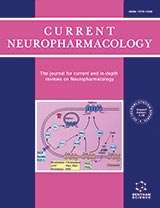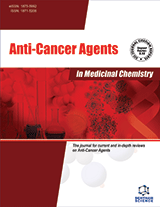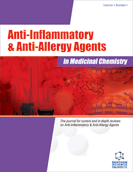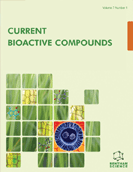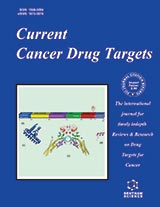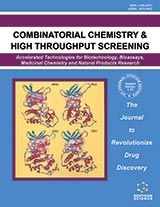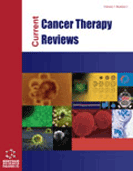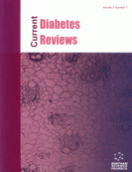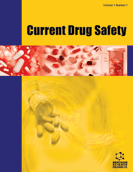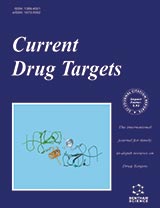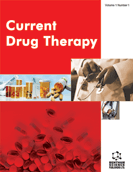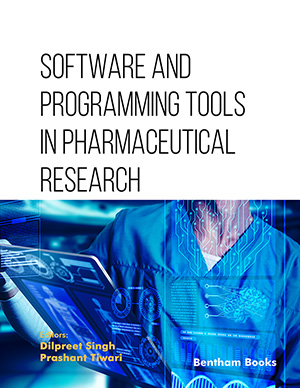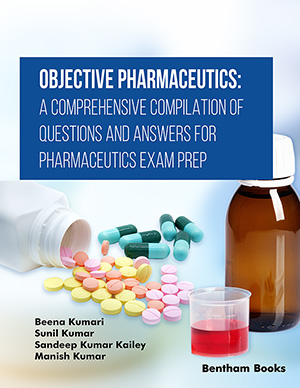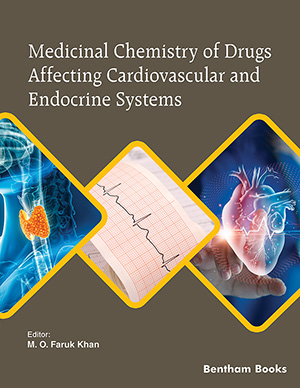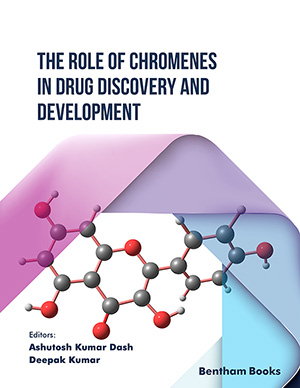Abstract
Autophagy is a strictly regulated process that degrades and recycles long-lived or misfolded proteins and damaged organelles for the maintenance of energy and function homeostasis of cells. Insufficient oxygen and glucose supply caused by cerebral ischemia lead to a higher ratio of AMP/ATP, which will activate the AMPK pathway to initiate the process of autophagy. Accumulating evidence shows that autophagy participates in the pathogenesis of ischemic stroke as a double- edged sword. However, the exact role of autophagy in the pathogenesis of ischemic stroke is controversial and yet to be elucidated. In this review, the autophagy pathway, both in physiological conditions and in ischemic stroke, is expounded. The focus was also on discussing the doubleedged sword effect of autophagy in brain ischemia and its underlying mechanisms. In addition, potential therapeutic strategies for ischemic stroke targeting autophagy pathway were also reviewed.
Keywords: Autolysosome, autophagy, double-edge sword, ischemic stroke, pathogenesis, therapeutic strategies.
Current Neuropharmacology
Title:The Role of Autophagy in the Pathogenesis of Ischemic Stroke
Volume: 19 Issue: 5
Author(s): Qianyu Shi, Quancheng Cheng and Chunhua Chen*
Affiliation:
- Department of Human Anatomy, Histology and embryology, School of Basic Medical Sciences, Peking University, Beijing, 100191,China
Keywords: Autolysosome, autophagy, double-edge sword, ischemic stroke, pathogenesis, therapeutic strategies.
Abstract: Autophagy is a strictly regulated process that degrades and recycles long-lived or misfolded proteins and damaged organelles for the maintenance of energy and function homeostasis of cells. Insufficient oxygen and glucose supply caused by cerebral ischemia lead to a higher ratio of AMP/ATP, which will activate the AMPK pathway to initiate the process of autophagy. Accumulating evidence shows that autophagy participates in the pathogenesis of ischemic stroke as a double- edged sword. However, the exact role of autophagy in the pathogenesis of ischemic stroke is controversial and yet to be elucidated. In this review, the autophagy pathway, both in physiological conditions and in ischemic stroke, is expounded. The focus was also on discussing the doubleedged sword effect of autophagy in brain ischemia and its underlying mechanisms. In addition, potential therapeutic strategies for ischemic stroke targeting autophagy pathway were also reviewed.
Export Options
About this article
Cite this article as:
Shi Qianyu , Cheng Quancheng and Chen Chunhua *, The Role of Autophagy in the Pathogenesis of Ischemic Stroke, Current Neuropharmacology 2021; 19 (5) . https://dx.doi.org/10.2174/1570159X18666200729101913
| DOI https://dx.doi.org/10.2174/1570159X18666200729101913 |
Print ISSN 1570-159X |
| Publisher Name Bentham Science Publisher |
Online ISSN 1875-6190 |
 95
95
- Author Guidelines
- Graphical Abstracts
- Fabricating and Stating False Information
- Research Misconduct
- Post Publication Discussions and Corrections
- Publishing Ethics and Rectitude
- Increase Visibility of Your Article
- Archiving Policies
- Peer Review Workflow
- Order Your Article Before Print
- Promote Your Article
- Manuscript Transfer Facility
- Editorial Policies
- Allegations from Whistleblowers
- Announcements
- Forthcoming Thematic Issues
Related Articles
-
Adenosine, Ketogenic Diet and Epilepsy: The Emerging Therapeutic Relationship Between Metabolism and Brain Activity
Current Neuropharmacology Potential Repurposing of Drugs with Anti-SARS-CoV-2 Activity in Preclinical Trials: A Systematic Review
Current Medicinal Chemistry Does Caffeine Affect Cardiovascular Responses?
Vascular Disease Prevention (Discontinued) Update on the Role of Neutrophils in Atherosclerotic Plaque Vulnerability
Current Drug Targets The Effects of Obesity on the Cerebral Vasculature
Current Vascular Pharmacology Cardiac Protection by Volatile Anaesthetics: A Review
Current Vascular Pharmacology Regulatory Role of Chinese Herbal Medicine in Regulated Neuronal Death
CNS & Neurological Disorders - Drug Targets Potential of Flavonoids as Anti-inflammatory Agents: Modulation of Pro- Inflammatory Gene Expression and Signal Transduction Pathways
Current Drug Metabolism Selectins as Targets in Inflammatory Diseases
Current Medicinal Chemistry - Anti-Inflammatory & Anti-Allergy Agents Computational Biological Analysis Reveals a Role for Nitric Oxide Synthase and Adiponectin in the Pathobiology of Insulin Resistance Syndrome and Coronary Artery Disease
Current Nutrition & Food Science Editorial (Thematic Issue: Measuring Myocyte Oxidative Stress and Targeting Cytokines to Evaluate Inflammatory Response and Cardiac Repair after Myocardial Infarction)
Current Vascular Pharmacology Oral Administration of the Food-Derived Hydrophilic Antioxidant Ergothioneine Enhances Object Recognition Memory in Mice
Current Molecular Pharmacology Vitamin D Deficiency and Acute Lung Injury
Inflammation & Allergy - Drug Targets (Discontinued) Complex Inheritance for Susceptibility to Sudden Cardiac Death
Current Pharmaceutical Design The Discovery of the Factor Xa Inhibitor Otamixaban: From Lead Identification to Clinical Development
Current Medicinal Chemistry Editorial (Thematic Issues: Pharmacological Mechanisms and Interventions in Ischemia/ Reperfusion-Induced Injury)
Current Pharmaceutical Design Role of Dietary Fiber in Formation and Prevention of Small Intestinal Ulcers Induced by Nonsteroidal Anti-Inflammatory Drug
Current Pharmaceutical Design Role of Nuclear Factor Kappa B (NF-κB) Signalling in Neurodegenerative Diseases: An Mechanistic Approach
Current Neuropharmacology Atherosclerotic Plaque Stabilization - Potential Role for Immunomodulatory Therapy
Vascular Disease Prevention (Discontinued) Targeting Cardiomyocyte Ca<sup>2+</sup> Homeostasis in Heart Failure
Current Pharmaceutical Design


